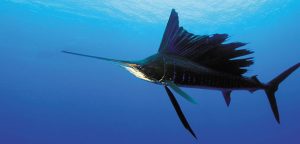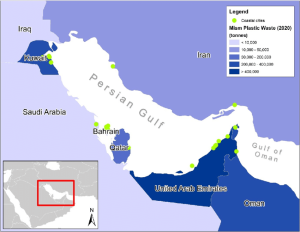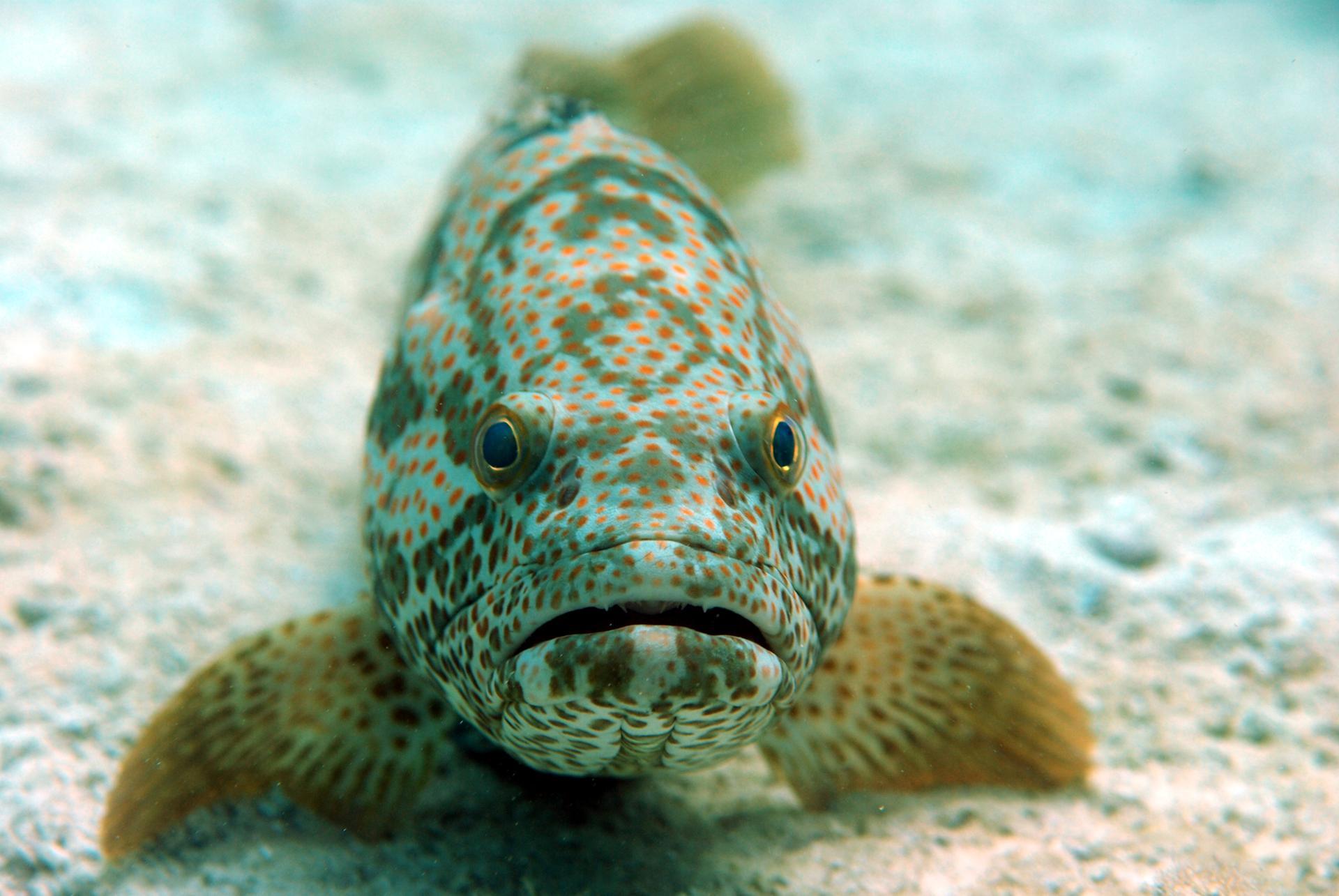
Explore the rich yet fragile marine biodiversity of the Persian Gulf. Learn how industrialization, climate change, and pollution are threatening this vital ecosystem—and what can still be done to protect it.
Why Marine Biodiversity in the Persian Gulf Matters
The Persian Gulf is not just a strategic waterway for oil tankers and shipping routes—it’s also home to one of the most biologically unique marine ecosystems in the world. Despite being one of the hottest and most saline marine environments on the planet, it supports over 700 species of fish, extensive coral reef systems, seagrass meadows, and mangrove forests. Endangered species like dugongs, hawksbill turtles, and various types of dolphins call this region home.
However, this biodiversity is under growing threat. Rapid coastal development, oil exploration, marine pollution, and the effects of climate change are disrupting natural habitats at an alarming pace. According to a study published in the Marine Pollution Bulletin (2023), biodiversity loss in the Persian Gulf has accelerated over the past two decades, with coral cover declining by over 50% in some regions.
Understanding, conserving, and sustainably managing this marine treasure is no longer an optional pursuit—it is a regional imperative that affects fisheries, livelihoods, environmental health, and maritime operations.
Ecological Richness Beneath the Surface
The Persian Gulf stretches roughly 990 kilometers and is shared by eight countries: Bahrain, Iran, Iraq, Kuwait, Oman, Qatar, Saudi Arabia, and the UAE. Its semi-enclosed nature creates a unique marine environment with:
-
High salinity (up to 45 PSU in shallow waters)
-
Elevated sea surface temperatures (above 36°C in summer)
-
Limited exchange with the Indian Ocean through the Strait of Hormuz
Despite these harsh conditions, the Gulf hosts several key ecosystems:
Coral Reefs
Coral reefs in the Persian Gulf, especially off Bahrain, Qatar, and the UAE, are biologically adapted to withstand extreme heat. Yet, even these resilient corals have limits. The 2017 marine heatwave caused coral bleaching across over 70% of shallow reef areas in Abu Dhabi, as documented by the Environment Agency – Abu Dhabi.
Seagrass Meadows
These meadows are found in shallow coastal areas and are vital as breeding grounds for fish and grazing zones for dugongs and green turtles. Seagrasses also serve as carbon sinks, capturing up to 83,000 metric tons of carbon per square kilometer—a fact supported by The Journal of Marine Science and Engineering (2022).
Mangrove Forests
Mangroves in Iran, UAE, and Qatar offer a buffer against coastal erosion and provide a nursery for crustaceans and juvenile fish. However, land reclamation and pollution are threatening their long-term viability.
Fisheries
Commercially valuable species such as hamour (grouper), safi (rabbitfish), and shrimp rely heavily on these habitats. Yet, the overexploitation of stocks is contributing to their rapid decline, with the FAO’s State of World Fisheries report indicating several species are now overfished in the Gulf.

Persian Gulf Sailfish
What’s Endangering the Gulf’s Marine Life?
Oil Pollution and Industrial Runoff
The Persian Gulf sees over 18,000 oil tanker movements annually, according to MarineTraffic data (2024). Even small oil spills or ballast water discharges can severely affect marine life. A 2021 study by the Royal Institution of Naval Architects highlighted how even sub-lethal oil exposure impairs the reproductive health of reef fish.
Additionally, runoff from coastal petrochemical industries and desalination plants contributes to thermal and chemical pollution—affecting water quality and altering the pH levels critical for coral and shellfish survival.
Habitat Destruction
Artificial islands, ports, and resorts—especially in the UAE and Bahrain—have resulted in massive dredging and seabed modification. According to Lloyd’s Register Environmental Brief 2023, more than 40% of shallow coastal habitats have been altered or removed in the past 15 years.
Climate Change and Marine Heatwaves
The Persian Gulf is a climate hotspot. Sea temperatures are rising twice as fast as the global average. Coral reefs—already surviving at their thermal limits—are unlikely to survive another 1–2°C of warming. A report from the Intergovernmental Panel on Climate Change (IPCC) warns that the Gulf could experience annual coral bleaching events as early as 2030 if emissions remain high.
Invasive Species via Ballast Water
Ballast water from ships is introducing alien species that disrupt local ecosystems. In 2022, a UNEP survey detected non-native algae and jellyfish species near Kuwait’s coast that compete with native organisms for nutrients and space.
Noise Pollution and Vessel Traffic
Marine mammals, including dolphins and dugongs, depend on echolocation. High-speed ferries and shipping lanes cause underwater noise pollution that disturbs their navigation and breeding behavior. The International Maritime Organization (IMO) is pushing for quieter ship designs, but implementation in the Gulf is still lagging.
Plastic Wastes
In recent years, the amount of plastic waste entering the marine environment around the world has gained increasing attention. Yet certain areas and regions remain relatively undocumented. Research findings on this topic within the countries adjacent to the Persian Gulf comprised of Iran, Iraq, Bahrain, Saudi Arabia, Kuwait, Qatar, Oman and the United Arab Emirates is relatively sparse. Significant gaps remain regarding the precise details on the quantity, sources and impacts of plastic marine debris as well as appropriate management responses. This article addresses these shortcomings from a transdisciplinary perspective, drawing on science, engineering and law. Based on an analysis and overview of the scientific research on plastic pollution in the region, an estimate of mismanaged waste is developed, both on a national level as well as for selected coastal cities. The article then explores the applicable international and regional regulatory framework to address marine debris in the Persian Gulf region. It provides one of the first accounts of this regional sea from a comprehensive marine litter regulatory perspective, incorporating scientific findings as well as modelling techniques. There are ways to achieve synergies and cooperation among actors and proposes novel approaches on methods to address the problem with a view to the transboundary nature of the issue. The key to success lies in dedicated cooperative efforts within the region, both between the public and private sector and between government and civil society.

Case Studies from the Region
The UAE’s Coral Restoration Efforts
After significant coral losses in 2017, the UAE launched a large-scale coral restoration project in the waters off Abu Dhabi and Fujairah. Led by the Environment Agency – Abu Dhabi and supported by local maritime universities, over 1 million coral fragments have been cultivated in underwater nurseries and transplanted onto degraded reefs.
While results are still preliminary, early studies from the Journal of Marine Policy suggest a 60% survival rate for transplanted corals—hopeful in such a harsh climate.
Bahrain’s Dugong Monitoring Program
Bahrain’s waters are home to one of the world’s largest remaining populations of dugongs. In 2023, the Bahrain Supreme Council for Environment, in partnership with The Convention on Migratory Species (CMS), introduced satellite tagging to monitor their movements. Early data showed dugongs migrate across EEZ boundaries, indicating the need for regional cooperation on marine protection.
Qatar’s Mangrove Eco-Tourism and Protection
Qatar has designated Al Thakira mangrove reserve as a protected area and developed an eco-tourism plan around it. This initiative educates the public on the role of mangroves while generating income for conservation. According to Qatar’s Ministry of Environment and Climate Change, seagrass and fish populations in nearby waters have rebounded by 20% since the area received formal protection in 2020.
Technologies and Policies Making a Difference
Satellite Monitoring and Marine Spatial Planning
Remote sensing tools and AI-driven mapping platforms, such as those used by MarineTraffic and Thetius, help monitor illegal fishing, coral health, and water temperatures in real-time. These tools are increasingly used by marine authorities in the Gulf to design Marine Protected Areas (MPAs) and enforce seasonal fishing bans.
IMO and MARPOL Compliance
Countries around the Gulf are signatories to MARPOL, the IMO’s marine pollution convention. While enforcement varies, port state control inspections and satellite surveillance are helping monitor compliance. Some Gulf ports, like Sohar and Fujairah, have introduced waste reception facilities for oily bilge water and garbage from ships.
Regional Cooperation Frameworks
The Regional Organization for the Protection of the Marine Environment (ROPME), headquartered in Kuwait, brings together all Gulf nations to tackle marine pollution and biodiversity loss. In 2024, ROPME launched a cross-border biodiversity survey initiative supported by UNEP and IMO.
Challenges That Still Need Urgent Attention
-
Inconsistent enforcement of environmental regulations across the region.
-
Lack of data sharing between nations, making cross-border conservation harder.
-
Marine protected areas (MPAs) cover less than 5% of the Gulf’s territorial waters, far below the UN’s 30% target for 2030.
-
Desalination plants continue to discharge hot brine and chemicals back into coastal waters, with little oversight on long-term effects.
Future Outlook: What Can Be Done?
To preserve the Persian Gulf’s marine biodiversity, experts and stakeholders suggest:
-
Expanding MPAs with transboundary management plans.
-
Investing in regional coral and mangrove restoration centers.
-
Strengthening ballast water treatment enforcement, especially at busy ports like Jebel Ali and Bandar Abbas.
-
Adopting cleaner ship technologies, supported by IMO initiatives on noise and air pollution.
-
Enhancing local marine science education, using resources from institutes like the Massachusetts Maritime Academy or The Maritime Executive.
There’s still time to reverse biodiversity loss—but it requires a collective, science-driven, and regionally coordinated approach.
FAQ
Why is the Persian Gulf so biodiverse despite its harsh conditions?
The Gulf’s ecosystems have evolved to survive extreme salinity and temperatures, making them biologically unique. However, this also means they are more vulnerable to sudden changes.
Which species are most at risk?
Corals, dugongs, hawksbill turtles, and certain reef fish are particularly threatened by habitat loss, pollution, and warming waters.
Is the Gulf covered by international environmental treaties?
Yes. All bordering countries are part of the IMO’s MARPOL Convention and ROPME regional agreements, although implementation and enforcement levels vary.
Can marine life recover if we act now?
Yes, especially if action includes restoring degraded habitats, regulating coastal development, and reducing carbon emissions. Coral and seagrass restoration have shown promising results in pilot programs.
What are Marine Protected Areas (MPAs), and why do they matter?
MPAs are designated zones where human activity is restricted to protect ecosystems. They help rebuild fish stocks, safeguard breeding grounds, and boost long-term sustainability.
How can shipping companies help?
By adopting cleaner fuels, improving ballast water management, and supporting marine conservation initiatives through public-private partnerships.
What role can the public play?
Supporting eco-tourism, reducing plastic use, and demanding environmental accountability from industries and governments all contribute to marine protection.
Conclusion
The Persian Gulf’s marine biodiversity is a treasure—resilient, irreplaceable, and endangered. What lies beneath its shimmering surface supports fisheries, protects coastlines, and nurtures regional economies. Yet, these ecosystems are fraying under the weight of pollution, heat, and neglect.
Now is the time to protect what remains, restore what we’ve lost, and reshape our maritime practices to be more sustainable. Whether you are a seafarer, student, policymaker, or curious reader, the future of the Gulf’s marine life touches us all.
Preserving this endangered treasure isn’t just an environmental goal—it’s a shared responsibility and a regional legacy worth safeguarding.

